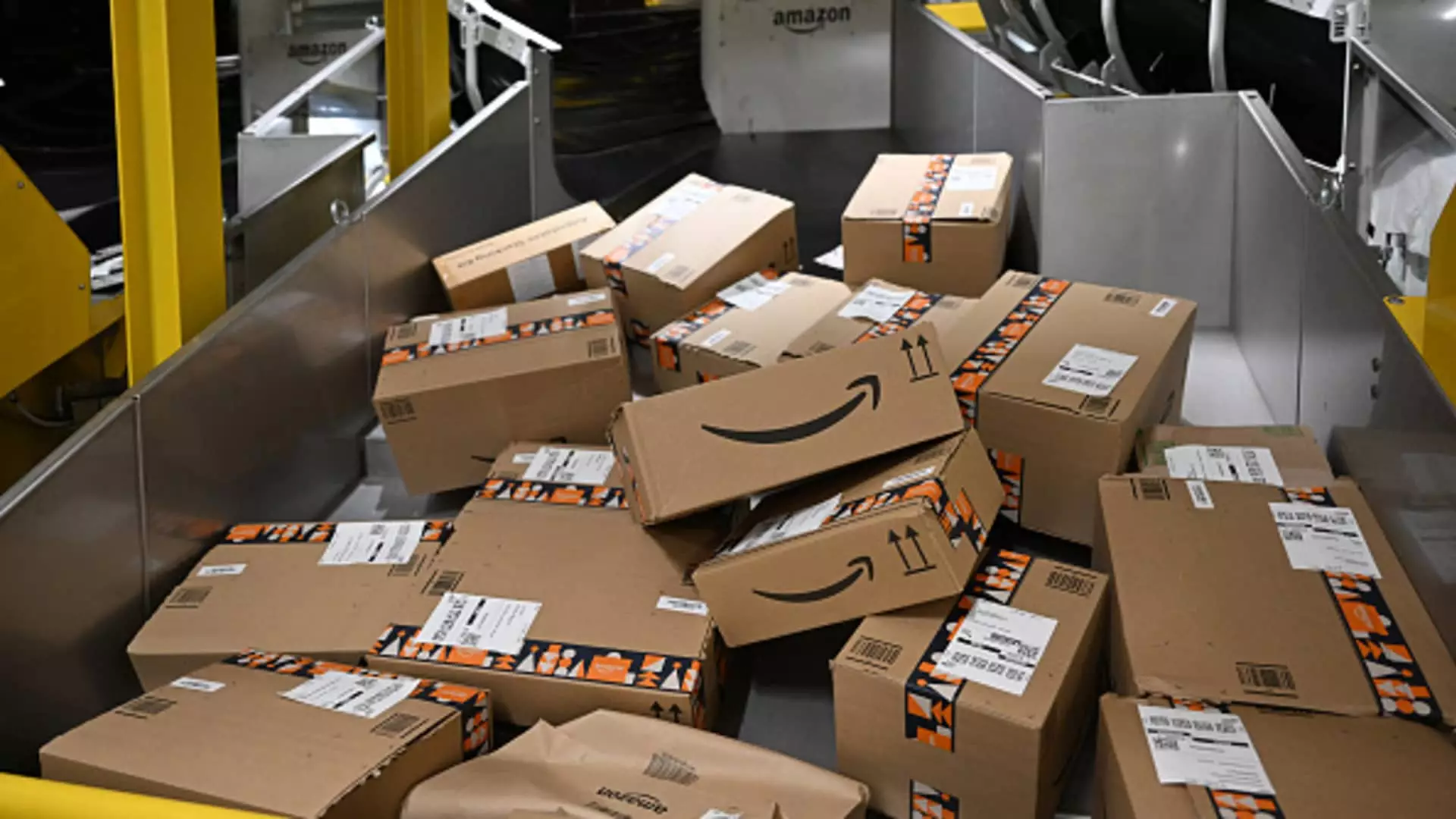The recent scrutiny by German antitrust regulators on Amazon’s pricing strategies raises serious questions about fairness and competition in the online retail landscape. As the Federal Cartel Office highlights in its preliminary findings, Amazon’s pricing mechanisms for third-party sellers can potentially contravene competition laws, illuminating the shadows of systemic inequity on its marketplace. The issue lies not only in Amazon’s supremacy over how products are displayed but also in its ability to manipulate market dynamics through algorithms that penalize certain pricing strategies. This predicament could only exacerbate an already worrisome trend of monopolization, which stifles not just the spirit of competition but also the diversity of options available to consumers.
Algorithms and Their Unseen Consequences
At the heart of this controversy is Amazon’s use of complex algorithms that assess product prices against an ever-evolving set of criteria deemed “competitive.” When products are tagged as having excessive pricing, they face demotion in search rankings—essentially giving them an invisible leash on potential sales. This is particularly alarming because it skews the ability of merchants to set prices that reflect the true value of their offerings. As President Andreas Mundt forthrightly states, Amazon’s actions pose a risk not just to the sellers on its platform but also to competitors who might feel discouraged from entering the market for fear of being overshadowed or overwhelmed by Amazon’s unilateral pricing stipulations.
The implications extend beyond seller visibility to impact small businesses disproportionately. For sellers, every dollar counts, and being pushed out of the buy box equates to lost revenue. The buy box phenomenon begs examination; it is a crowded landscape where only a select few can thrive under Amazon’s watchful eye. By imposing price-related penalties, Amazon effectively dictates market behavior while masking its competitive motivations as consumer protection.
Is Amazon’s Defense Justifiable?
In response to these allegations, an Amazon spokesperson vehemently defended the company’s pricing model, arguing that adjustments would disadvantage both consumers and sellers by promoting “uncompetitive or even abusive pricing.” This perspective casts a cynical light on the understanding of market welfare. The notion that limiting competition could somehow enhance the customer experience is deeply problematic. It risks creating a façade of value while, in reality, stifling the very diversity that consumers rely on for good deals.
The broader question emerges: Should a single entity, especially one that competes with its sellers, wield such extensive power over pricing? It is vital to scrutinize whether these mechanisms genuinely serve consumer welfare or merely bolster Amazon’s already formidable market position. The idea that protecting customers necessitates restricting sellers’ freedom to price their goods appropriately is a dangerous precedent that could reconfigure the marketplace into an environment that favors the exchange of imitation over innovation.
The Global Implications of Antitrust Actions
Antitrust concerns aren’t confined to Germany; similar investigations are bubbling across various jurisdictions, including a major probe by the U.S. Federal Trade Commission into Amazon’s pricing algorithms. The convergence of these inquiries demonstrates a growing acknowledgment of the monopolistic threats posed by tech giants. As consumers increasingly rely on digital platforms for their shopping needs, allowing entities like Amazon to dictate the market dynamics through opaque algorithms creates a perilous cycle, where only the largest players can thrive.
The European Union has already pushed back against Amazon’s practices, leading to agreements that necessitate more transparent and competitive methods. Regulatory bodies must capitalize on this momentum. It’s critical that they ensure not only that competition thrives but also that innovation among smaller retailers is encouraged rather than hamstrung by regions of market control.
A Call for Change in Algorithm Transparency
The ongoing dialogue surrounding Amazon’s dominance and pricing practices serves as a reminder: the future of commerce cannot rest in the hands of a few algorithmic masters. We need a marketplace that champions transparency—not just for consumers, but for sellers, who bear the brunt of restrictive pricing models. By demanding clear and equitable practices that foster an environment of competition, we pave the way for a more inclusive economic landscape, where innovation can flourish alongside consumer satisfaction. As this debate continues, it may very well shape the landscape of retail for generations to come.


Leave a Reply